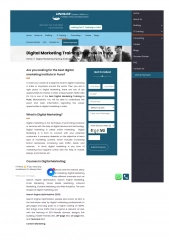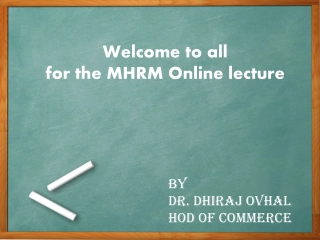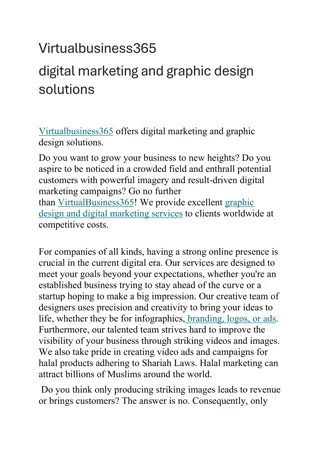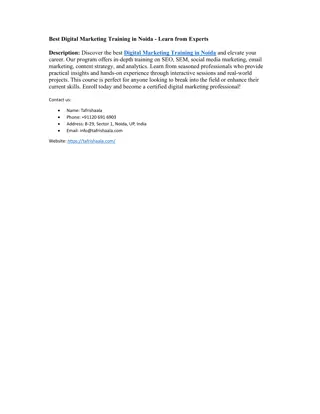Principles of Marketing
Segmentation is the process of dividing potential customers into groups to better understand them. Targeting is determining which segments are most likely to become customers and directing marketing efforts to satisfy them. Learn about the criteria for a viable market, objectives of segmentation, common segmentation approaches, and choosing a target market that is both profitable and receptive. Explore how market segmentation by family life stage can be beneficial for certain products and companies.
Download Presentation

Please find below an Image/Link to download the presentation.
The content on the website is provided AS IS for your information and personal use only. It may not be sold, licensed, or shared on other websites without obtaining consent from the author.If you encounter any issues during the download, it is possible that the publisher has removed the file from their server.
You are allowed to download the files provided on this website for personal or commercial use, subject to the condition that they are used lawfully. All files are the property of their respective owners.
The content on the website is provided AS IS for your information and personal use only. It may not be sold, licensed, or shared on other websites without obtaining consent from the author.
E N D
Presentation Transcript
Principles of Marketing Module 3: Segmentation and Targeting
Segmentation and Targeting Segmentation is the process of dividing potential customers into groups to better understand them Targeting is determining which segments are most likely to become customers and directing marketing efforts to best satisfy them Professional tennis players are a specific segment of the market.
Five Criteria for a Market 1.There must be a true need and/or want for the product, service, or idea; this need may be recognized, unrecognized, or latent 2.The person/organization must have the ability to pay for the product via means acceptable to the marketer 3.The person/organization must be willing to buy the product 4.The person/organization must have the authority to buy the product 5.The total number of people/organizations meeting the previous criteria must be large enough to be profitable for the marketer
Objectives of Segmentation To improve an organization s understanding of who their prospective customers are and how to serve them To reduce risk in deciding where, when, how, and to whom a product, service, or brand will be marketed To increase marketing efficiency by directing effort toward designated segment(s) in ways that are consistent with that segment s characteristics
Practice Question What products or companies would find this market segmentation by family life stage useful?
Choosing a Target Market The target market should include only those segments of a market that are both: Profitable to serve Likely to be receptive to the products a company provides
Common Market Segmentation Approaches Type of Approach Segmentation Criteria Nations, states, regions, cities, neighborhoods, zip codes, etc. Geographic Age, gender, family size, income, occupation, education, religion, ethnicity, and nationality Demographic Lifestyle, personality, attitudes, and social class Psychographic User status, purchase occasion, loyalty, readiness to buy Behavioral Decision-making role (purchaser, influencer, etc.) Decision maker
Common Business Segmentation Approaches Organization size: by revenue, number of employees, geographic reach, etc. Geography Industry User status: usage frequency, volume used, loyalty, longevity, products already in use, readiness to buy, etc. Benefits sought End use Purchasing approaches
Combining Bases for Segmentation Geo-cluster approach demographic + geographic data Geographic + behavioral data Can point companies toward locations where customers are clustered Demographic + lifestyle or behavioral segments
Ideal Market Segment 1. Can be measured 2. Is profitable 3. Is stable 4. Is reachable 5. Is internally homogeneous 6. Is externally heterogeneous 7. Is responsive 8. Is cost-effective 9. Helps determine the marketing mix
Questions to Consider in Selecting a Target Segment Whose needs can you best satisfy? Who will be the most profitable customers? Can you reach and serve each target segment effectively? Are the segments large and profitable enough to support your business? Do you have the resources available to effectively reach and serve each target segment?
Targeting Strategy Concentration Multi-segment Only one marketing mix is developed Advantage: focus Disadvantage if demand in segment declines, company will suffer Marketing mix for each segment Advantage: may reach more customers Disadvantage: Costs of multiple campaigns and distribution channels
Targeting Strategies Strategy Target Market Example Everybody everywhere Target Mass marketing Large groups within the total market Differentiated marketing Costco, Sam s Club High penetration within smaller, specialized segments Trader Joe s, Whole Foods Niche marketing Individual customers or localized microsegments Groupon Micromarketing
Shaping Marketing Mix for Target Markets Marketing Element Product Targeting Criteria What would make the ideal product for your target segment? What special features or capabilities are critical for this segment? What unique problems does your product help them solve? Promotion What are the best ways to get your target segment s attention? What do you want this segment to remember about your product? Place / Distribution Where does this segment look or shop for your product? What is the best way to get your product to your target customers? Price What price(s) are your target customers willing to pay? How much is too expensive? How much is too cheap?
Quick Review What is the purpose of segmentation and targeting in marketing? What are some common segmentation approaches? How do businesses select an appropriate segmentation approach and decide which customer segments to target for marketing activities? How does targeting influence each element of the marketing mix?























